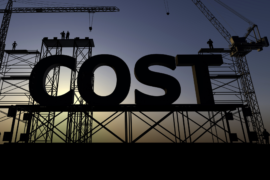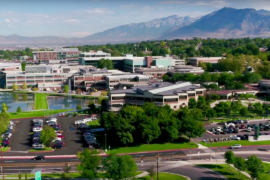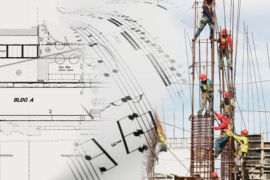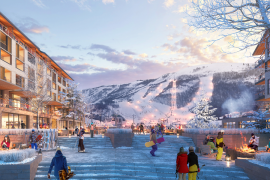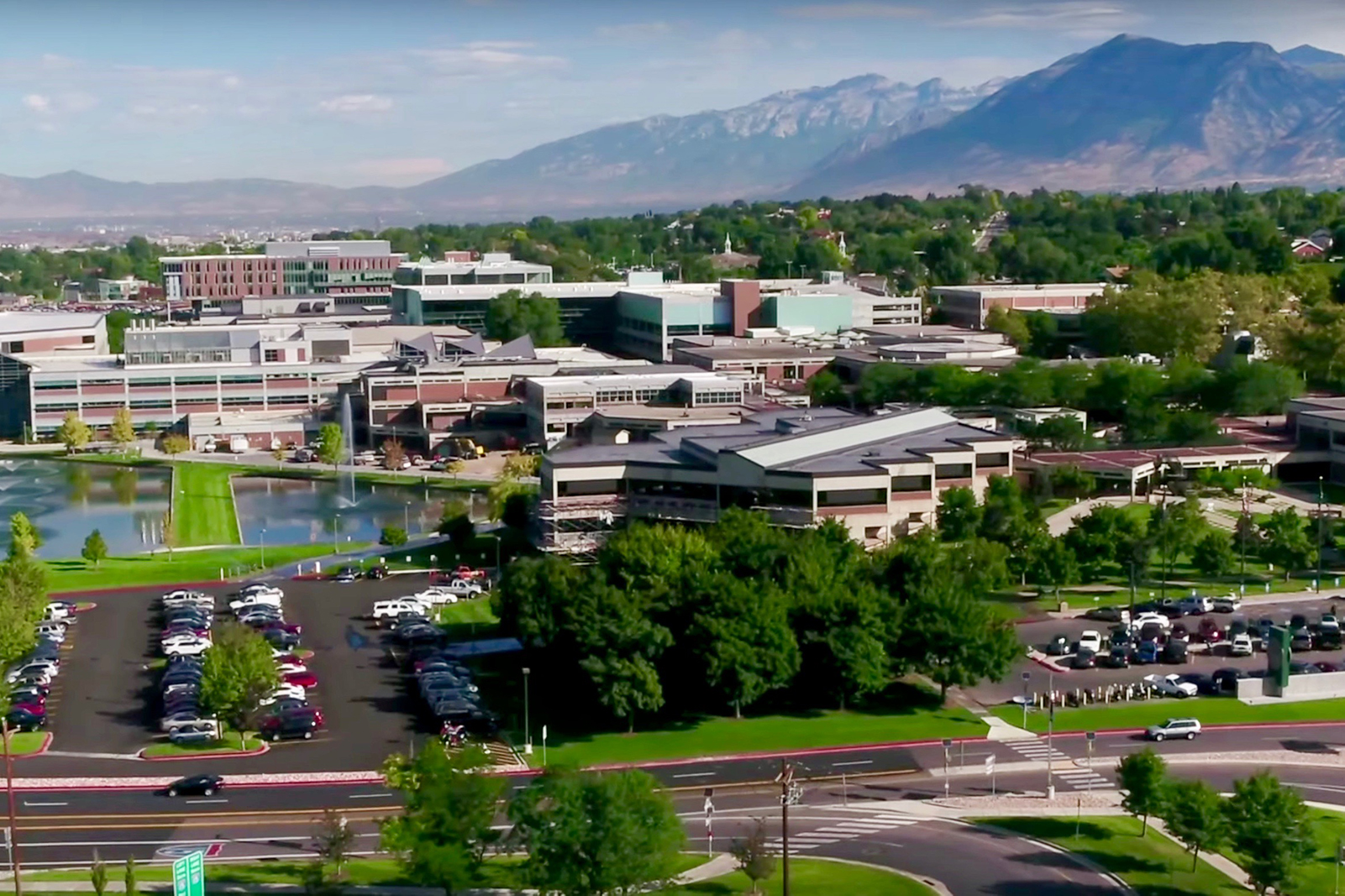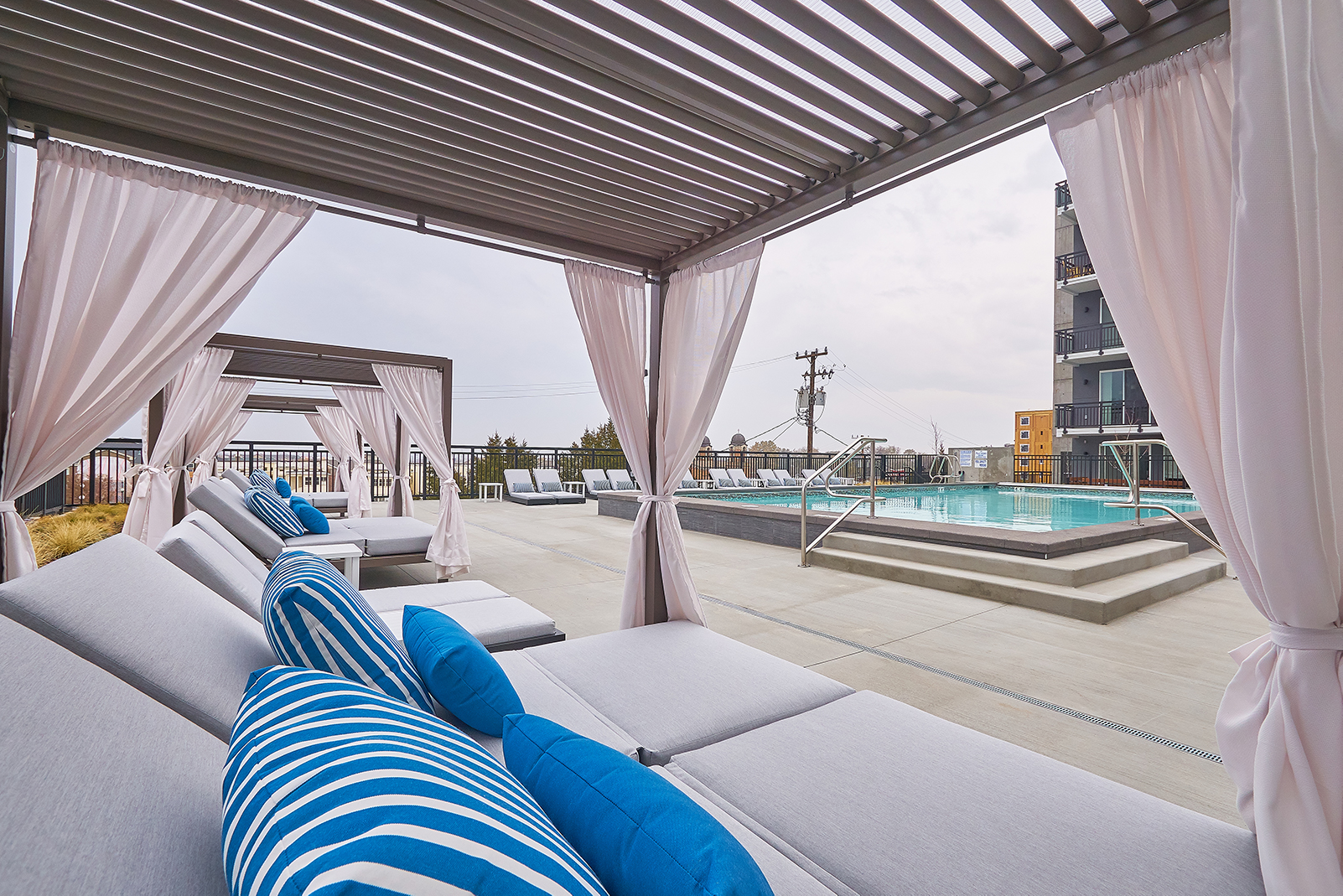Movies on the Hallmark Channel have two major types of cinematic villains: lawyers and real estate developers. Members of those groups are regularly depicted to have no appreciation for non-monetary forms of value, like the comfortable feel of a small town, restoring a civic center in a small town, or the importance of keeping a jobs in a small town. [1] As we march toward year-end and through the holiday season, Hallmark’s annual “Countdown to Christmas” will send a steady stream of these stereotyped and benighted scrooges on a redemptive path to cocoa-fueled enlightenment again and again; all against a backdrop of holly and tinsel.
Since I watch an undue number of those movies each Christmas season, I feel I make these observations with something bordering on expertise.[2] I’m also a proud, card-carrying member of both of those maligned groups. While I don’t deny that those stereotypes are occasionally well-founded, I can also proudly say that, based on my experience over the last two years at PEG Companies, this organization isn’t staffed with anyone fitting those stereotypes.
Recognizing Value
In order to steer clear of potentially damaging stereotypes, developers like PEG should recognize that stakeholders in any given project, including investors, may recognize different kinds of value. These values can be community rejuvenation, affordable housing, child-care initiatives, or building safety programs, to name only a few. For instance, I have seen thoughtful real estate developers adjust a project’s unit mix, its building profile, and its amenities – even off-site amenities – to meet stakeholders’ interests often in ways that could only be recognized as a project expense.
Recognizing different kinds of value requires developers and builders to focus on creative solutions. We should look to “make the pie bigger,” not just take a larger piece, but doing so requires us to actively pursue education, and occasionally experimentation, related to new building practices and processes, new development methods, and opportunities. As our forward-looking perspective is applied to current projects, we can do our best to shrug off the negative stereotype of the cold-hearted developer by remaining flexible to better align development efforts with both investors’ value propositions and those of other stakeholders in the community.
Differentiating Between Legitimate Value Propositions and Possible Counterfeits
Reduced environmental impact is one common non-monetary value proposition recognized by the development community. Unfortunately, many of the latest efforts by the development community to engage in environmentally-conscious architecture have quickly bumped up against allegations of “green-washing,” a term used to describe “the practice of making an unsubstantiated or misleading claim about the environmental benefits of a product, service, technology or company practice” to make the company “appear to be more environmentally friendly than it really is.”[3] A British design magazine presents a great example of this. On October 31, 2019, French designer Celine Baumann, of Studio Celine Baumann, was quoted by the magazine as stating:
Greenery is unfortunately too often used as an alibi for new developments, by wrapping buildings in green as the sole legitimisation [sic] of an otherwise unsustainable project as green surfaces such as walls and roofs are often very high maintenance and demands a lot of water and chemicals to thrive.[4]
Only eleven days later, the same website presented Citicape House in London, designed by London studio Sheppard Robson, a building “wrapped in a façade of 400,000 plants that are hoped to capture over eight tonnes [sic] of carbon and produce six tonnes [sic] of oxygen annually.”[5] The magazine made no mention of the water or chemical impact of the proposed building.
The conflict between what is actually good for the environment and what merely appears to be good for the environment is a common deterrent to broader adoption of designs, materials, and systems that place at least marginal value in environmentally conscious design. This is as true for the Citicape House specifically as it is true, in a broad sense, for my favorite kind of emerging building method, mass timber construction (“MTC”).
Anticipating Value Propositions of the Future
In a 2017 paper exploring the viability of MTC, two professors from the University of Melbourne concluded that “[w]hile there is a common belief that MTC will provide environmental benefits, there is no clear evidence that this is the case. It is even less likely that the benefits from the use of MTC on individual projects are known.”[6] However, an article in the November 2017 issue of The Architect’s Newspaper, cited another study which found that “using wood as a building material substitute could save 4 to 31 percent of global CO2 emissions and 12 to 19 percent of global [fossil fuel] consumption by using 34 to 100 percent of the world’s sustainable wood growth.”[7] These gains, at least according to the article’s author, are recognized by replacing the standard, carbon-emission heavy steel and concrete building processes with carbon-sequestering, renewable timber.[8]
While the actual environmental benefits of MTC have yet to be proven, to believe that the impact of MTC on atmospheric carbon is the sole value that can be recognized by using this building method is myopic. MTC, employing a variety of engineered timber elements like cross-laminated timber, can have better acoustic properties than more traditional structures and is, perhaps surprisingly, more fire resistant than steel due to wood’s charring properties. MTC is built off-site and can be constructed more quickly than the standard steel-and-concrete building, making its delivery faster than traditional development. I would also argue that exposed timber is infinitely more appealing than yet another exposed plenum of metal trusses sprayed with fire retardant.
Recognizing any of these values through MTC, though, comes with unique costs. First, and perhaps most importantly, is the fact that structural codes have been slow to adopt MTC or “Tall Mass Timber.” As reported by the American Wood Council,
Because of the unique structural and fire resistance characteristics of solid timber walls and floors (CLT) and mass timber structures, in 2016 the International Code Council appointed a balanced committee of building officials, fire officials, architects, fire protection engineers, and industry experts to examine and propose appropriate code requirements.[9]
As a result of that committee’s multi-year work, changes integrating MTC into the International Building Code are proposed for the 2021 code edition. How and when those changes will be adopted by municipalities is likely to take even longer to determine. Other obstacles include insurance coverage for such buildings, if it would even be available in some areas; lender requirements, as MTC is likely to be viewed as a riskier investment; local timber capacity, especially in the Intermountain West; and contractor comfort with the material, as the learning curve might be steep and possibly an expensive lesson to back financially. The list of obstacles is longer than that, but you get the idea.
The values inherent to MTC being adopted broadly may seem like a pipe dream now, but I have hope. In Portland, Oregon, MTC buildings have been legalized.[10] However, for every Carbon12, an 8-story residential MTC building, there is a Framework, a planned mixed-use project cancelled in 2018 “due to funding.” [11]
MTC developments are only one option PEG has looked at in the recent past. While the combination of costs and values of MTC hasn’t been the right fit for any collection of investors and other stakeholders PEG has worked with to date, there is a foreseeable future where PEG will need to be flexible enough to provide this type of development to a community that wants it.
Conclusion
While I cannot speak for other development companies, I can affirm that PEG is not staffed with the stylized real estate developers of so many romantic comedies on the Hallmark Channel. Our organization recognizes that value, including the value of environmentally-conscious development, can take many forms and the best projects, the ones we try to deliver time after time through creativity, grit, and ingenuity, are those that recognize the values of as many stakeholders as possible, whether those values are for income generation, safety for neighborhood children, or reducing carbon emissions.
And maybe someday PEG will build that MTC building. I continue to hope the right opportunity shows itself.
__________________________________
[1] If anyone finds a study comparing the number of more-attractive-than-average but unlucky-in-love millennials in these Hallmark Channel movies to the number of such villains, please let me know.
[2] My mother-in-law has me beat, though. She has watched every Christmas-related Hallmark Channel movie released in the last five years or so.
[3] TargetTech, whatis.techtarget.com/definition/greenwashing
[4] Dezeen, www.dezeen.com/2019/10/31/celine-baumann-landscape-architecture/.
[5] Dezeen, www.dezeen.com/2019/11/11/citicape-house-green-wall-architecture-sheppard-robson/ (internal quotations omitted).
[6] Crawford and Cadorel, “A framework for assessing the environmental benefits of mass timber construction,” Creative Construction Conference 2017, 19-22 June 2017, Primosten, Croatia.
[7] Martin, Olivia. https://archpaper.com/2017/11/timber-construction-sustainable/ (internal quotations omitted).
[8] Id.
[9] awc.org/tallmasstimber. “The Compartment Fire Testing of a Two-Story Mass Timber Building,” a May 2018 report issued by the United States Department of Agriculture consisting of 60 pages in its abbreviated version, informs the changes to the IBC is hot stuff. I’ll see myself out.
[10] Buildings up to 85 feet are allowed under the latest revision to the code. Despite this, the buildings built in Portland have had to find niche financing and focus on uses which would allow the developers to recoup their costs quickly. See, www.architectmagazine.com/practice/mass-timber-tower-carbon12-rises-over-code-and-financing-hurdles_o
[11] Reading the stories about the Framework building in the Atlantic, https://www.theatlantic.com/magazine/archive/2017/12/timber-land/544146/, and elsewhere make this project tragic and highlight the risk of becoming a too-early adopter. See https://www.frameworkportland.com/

